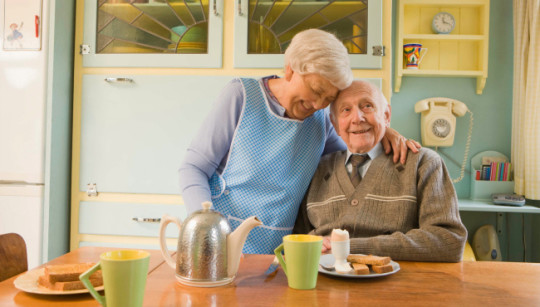Knowing what to do in the event of a fire is particularly important for older adults. At age 65, people are twice as likely to be killed or injured by fires compared to the rest of the population. With numbers growing every year in the United States, adults age 65 and older make up about 12% of the population, it’s essential to take the necessary steps to stay safe.
To increase fire safety for older adults, here are some tips from the National Fire Protection Association and E.S.C.A.P.E. Fire Safety to review with friends, family members, and neighbors who are at risk:
- Keep it low – If you don’t live in an apartment building, consider sleeping in a room on the ground floor in order to make emergency escape easier.
- Sound the Alarm – The majority of fatal fires occur when people are sleeping, and because smoke can put you into a deeper sleep rather than waking you, it’s important to have a mechanical early warning of a fire such as smoke alarms throughout your home to ensure you wake up. If anyone in your household is deaf or if your own hearing is diminished, consider installing a smoke alarm that uses a flashing light or a bed shaker to alert you to a fire emergency.
- Do the drill – Conduct your own, or participate in, regular fire drills to make sure you know what to do in the event of a home fire. If you or someone you live with cannot escape alone, designate a member of the household to assist, and decide on backups in case the designee isn’t home (or if you live alone). Fire drills are also a good opportunity to make sure that everyone is able to hear and respond to smoke alarms.
- Stay connected – Keep a telephone nearby, along with emergency phone numbers so that you can communicate with emergency personnel if you’re trapped in your room by fire or smoke.
- Oxygen Helps Fire Spread Fast! Many older adults with respiratory problems now use home oxygen systems. Unfortunately, some people smoke while on oxygen which can be deadly to them and to people around them.
- Never smoke or light a match or use open flame while using oxygen.
- Keep all flames and heat sources away from oxygen containers and oxygen systems.
- Do not allow smoking inside of a home where oxygen is used. Even if it is not being used at a particular moment, the home is still an oxygen enriched environment, and fire can get out of hand quickly.
- Portable Heaters Need Space! Keep electric space heaters at least three feet away from drapes, furniture or other flammable materials. Never use a space heater when you leave the room or go to bed. Supervise children and pets when a space heater is in use.
All of our homes and circumstances are different. Take a few moments now to plan and prepare for an emergency. The preparation could save your life or the life of a family member or loved one Where You Live!











